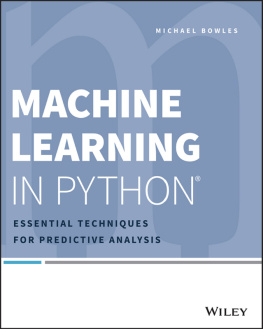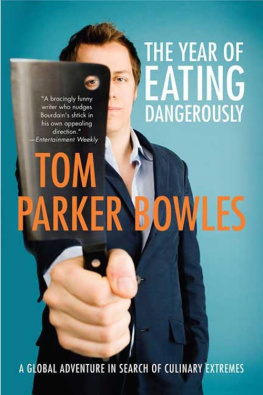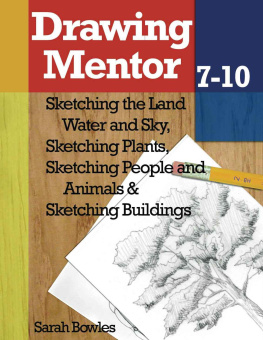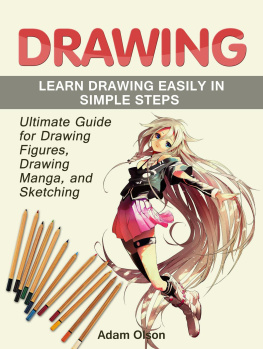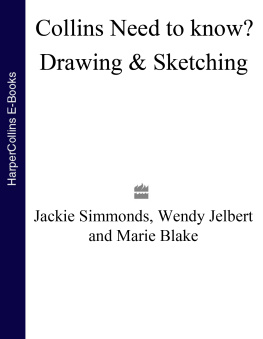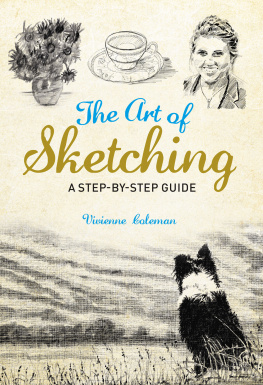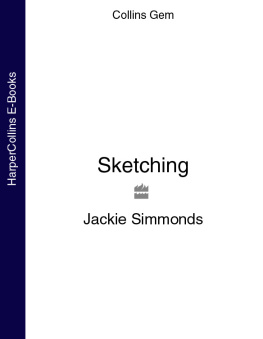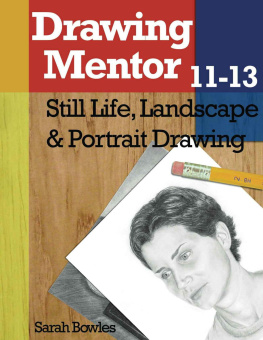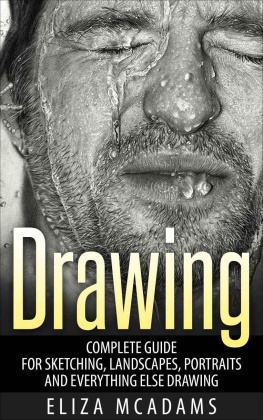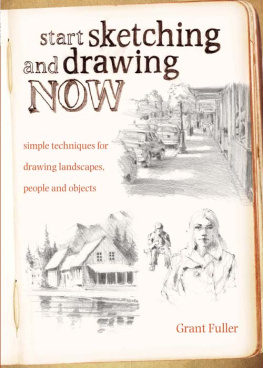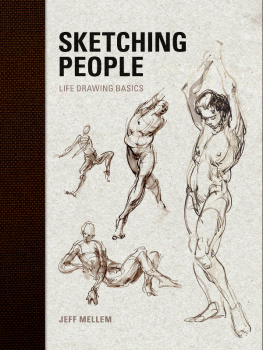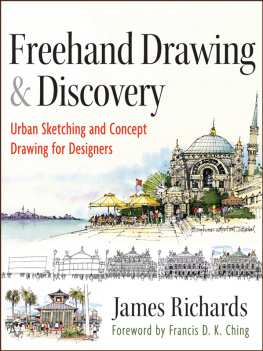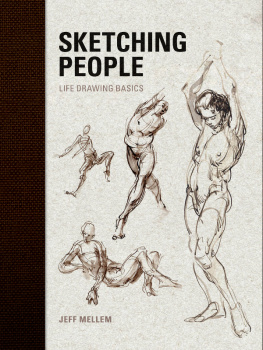All rights reserved. No part of this book, text,photographs or illustrations may be reproduced or transmitted in any form or byany means by print, photoprint, microfilm, microfiche, photocopier, internet orin any way known or as yet unknown, without written permission.
Preface
The Drawing Mentor series of books is intended tohelp beginning to intermediate drawers learn and improve their drawing skills. Each book is written as a stand-alone lesson which can be used on its own, thisgives the reader the ability to pick and choose the lessons and skills theywould like to learn to the exclusion of all else.
The earlier lessons in the series are very foundational,designed to improve the readers technical ability and understanding beforegoing on to later lessons which are more project-based and written assumingtechnical skills have already been developed. If youre an absolute beginnerits recommended that you proceed from Volume 1 as that will ensure yourunderstanding of how to use the techniques employed in later lessons asoccasionally these lessons will refer to principles and skills taught inprevious volumes.
This book includes Volumes 4, 5 and 6 which are beginningand intermediate lessons that teach basic sketching techniques. If youre newto sketching or want to improve your ability to sketch and conceptualize, thisis the book for you. Volume 4 is an introduction to sketching, explaining whatit is and what its used for. Volume 5 will teach you several sketchingexercises which can be used for practice or when youre studying a subjectyoure preparing to draw. Volume 6 will teach you how sketching can be used toquickly determine a balanced layout for your work. Each concept is explainedthoroughly and examples given, opportunities to practice are also included tohelp you master the skill taught in each section. These lessons should becompleted before moving on to the more advanced lessons in later volumes.
The intent of the Drawing Mentor series is toperiodically add new lessons over time to help you continue to improve yourskills. If there is a particular skill or lesson you would like covered pleasefeel free to send an email to . Your feedback suggestions and reviews are very much appreciated and will beused to help create lessons that will benefit you the most.
Thanks for choosing Drawing Mentor. Heres to yoursuccess.
Sincerely,
Sarah Bowles
Help Support someone in need.
10%of all profits are donated to organizations giving humanitarian assistance.
Table of Contents
Sketching
Welcome to Volume 4 of the Drawing Mentor series. This volume is an introduction which covers the what, why, when and how ofsketching.
The previous three volumes cover basic drawing technique;they teach the information one must know to understand how drawing works. Thenext few volumes focus on sketching and layout skills. Learning to sketch improvesones ability to see an image, scene or object, and quickly and accuratelytransfer the most important characteristics to paper. Sketching also improvesones understanding of a subject; after sketching youll be better prepared to drawa finished piece.
This volume focuses on what sketching is, what youll need,why its useful, as well as when, where, what and how to sketch. The volumesthat follow will cover sketching exercises and techniques.
As a bonus, the end of this volume includes a short write-upon the history of paper, it wont help you become a better artist but you mayfind it interesting.
What isSketching?
Sketching typically refers to quick freehand drawings whichare used to capture the most important features of a subject without going intogreat detail.
Its important to realize that sketching is not about tryingto create a finished drawing. The main goal is to make as many visual notes asyou need in order to understand the subject. Think of it as taking notes withpictures rather than words (although words are sometimes helpful too). Asketch should be useful in some way when drawing a final piece.
Its okay if a sketch is messy; the important thing is thatyou learn about the subject. At a minimum your sketches should show thegeneral shape of the objects, with lines and perspective approximately correct,as well as the basic tones, shades and textures. Sketching these things willensure the sketches give you valuable information if you need to use them later.
That being said, sketching is more about quantity ratherthan quality. Even if you dont include the minimum characteristics listedabove it doesnt make the sketches useless or invalid, whats important is thatyou draw something each time you pick up a pencil.

Figure 4-1. Random sketches (horse and hand)
What You Need
All you need for sketching is a pencil and paper, however,there are some aspects of sketching that make certain materials more convenientto use.
Sketching on loose paper is possible but can be difficult ifyou dont have a table or desk.
A sketchbook is a very useful tool for keeping your paperprotected and in order; you can also carry it with you wherever you go. Mostsketchbooks are stiff enough that you dont need to place them on a table todraw in them. That can be very useful if you only have a chair to sit on oryoure standing. The binding also keeps the paper together which is nice ifyoure outside on a windy day or moving frequently.
Whatever you use for paper make sure its sturdy and fairlysmooth. Smooth paper will allow you to work faster, make it easier to drawdetails if you need to, and give you the ability to develop a wide range oftone.

Figure 4-2. Sketchbooks
Experiment with different pencils to determine which kindsuits your sketching style best. Using a regular No. 2 pencil is okay forsketching, its a good overall pencil thats inexpensive and can be purchasedjust about anywhere.
A harder pencil could be a better choice if you dont wantto sharpen it often. These pencils glide across the paper quickly and smoothlyand dont smudge as much as a softer pencil. You wont be able to create darktones with a harder pencil but as long as you understand how dark the markshould be, this wont be an issue.
A softer pencil can be used if you want to explore darktones, thick bold lines and large contrasts. Because sketching is usually fastand a little reckless, if you use a soft pencil be ready for smudging and messyfingers.

Figure 4-3. No. 2 or HB pencil
Why isSketching Useful?
There are many reasons why sketching is useful. To beginwith, sketching mainly involves the most basic pencil marks, lines and curves. As you sketch, your brain and muscles learn how to work together to make thesemarks quickly and easily. Your ability to use tone, shading and perspectivewill also improve.
Sketching involves observation, it teaches your eyes how tosee and your fingers how to draw what you see. Sketching is really anexploration of an object or idea; looking at it, and drawing it over and overagain.


